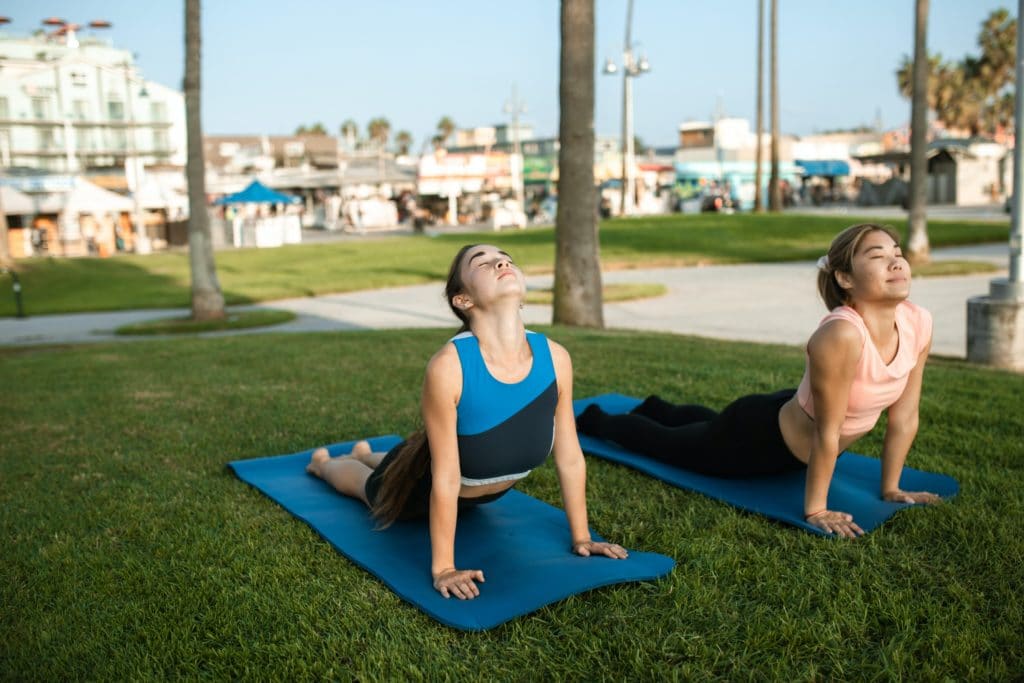There are many ways to stay active. Visit your local fitness center for free demonstration exercises, or sign up for community events. Try yard work to keep fit. And don’t forget to drink plenty of water and juice after exercising. Being creative about physical activity will keep you from becoming bored, so look for new ways to keep fit. Try new exercise routines during the changing seasons. You might be surprised by how much fun exercise can be.

Table of Contents
Exercise routines
When it comes to exercising, there are plenty of benefits to doing so. You will build muscle strength and flexibility through activities like running, biking, rowing, skating, and martial arts. Yoga will increase your flexibility, as well as crunches and planks. In addition to promoting health, exercise routines can improve your performance in sports. For instance, martial arts and dance require a great deal of flexibility, while high-intensity workouts can improve your cardiovascular health.
Walking
Apart from being an excellent way to burn calories, walking is also beneficial for health. Walking promotes better lungs, and a regular dose of exercise makes the lungs work harder. Walking also helps regulate blood pressure and lowers stress levels. Walking can be done by almost everyone regardless of age or physical fitness level. Walking does not require special equipment or a gym membership, so even a child can walk. However, it is essential to consult a physician if you’re new to it.
Exercising outdoors
As summer approaches, many Austinites choose to exercise outdoors. But exercising outdoors can pose additional risks. Many people can develop heat-related illnesses. The benefits of exercising in the summertime outweigh the risks of overheating and accidents. For optimal health, consider working out in cooler temperatures.
Yoga
The benefits of yoga extend beyond just physical strength and flexibility. Yoga can help restore the balance between the sympathetic and parasympathetic nervous systems, which are both beneficial for your body. Your nervous system responds to yoga by slowing down breathing, decreasing blood pressure, and increasing circulation in your intestines. It is this “relaxation response” that Herbert Benson calls the most important benefit of yoga. Once you begin practicing yoga, you’ll find that the restorative effect of yoga is immediate, even when you’re not physically active.
Swimming
Whether you’re an experienced swimmer or just starting out, swimming is an excellent exercise choice. It not only improves physical fitness, but it’s also fun. Family members can swim together, and the activity boosts teamwork and communication skills. These skills transfer to other areas of life, such as work and school. Additionally, swimming can help you socialize with other family members and even increase your family’s health. What’s more, swimming has many positive mental health benefits, including increased self-esteem and reduced risk of cardiovascular disease.

